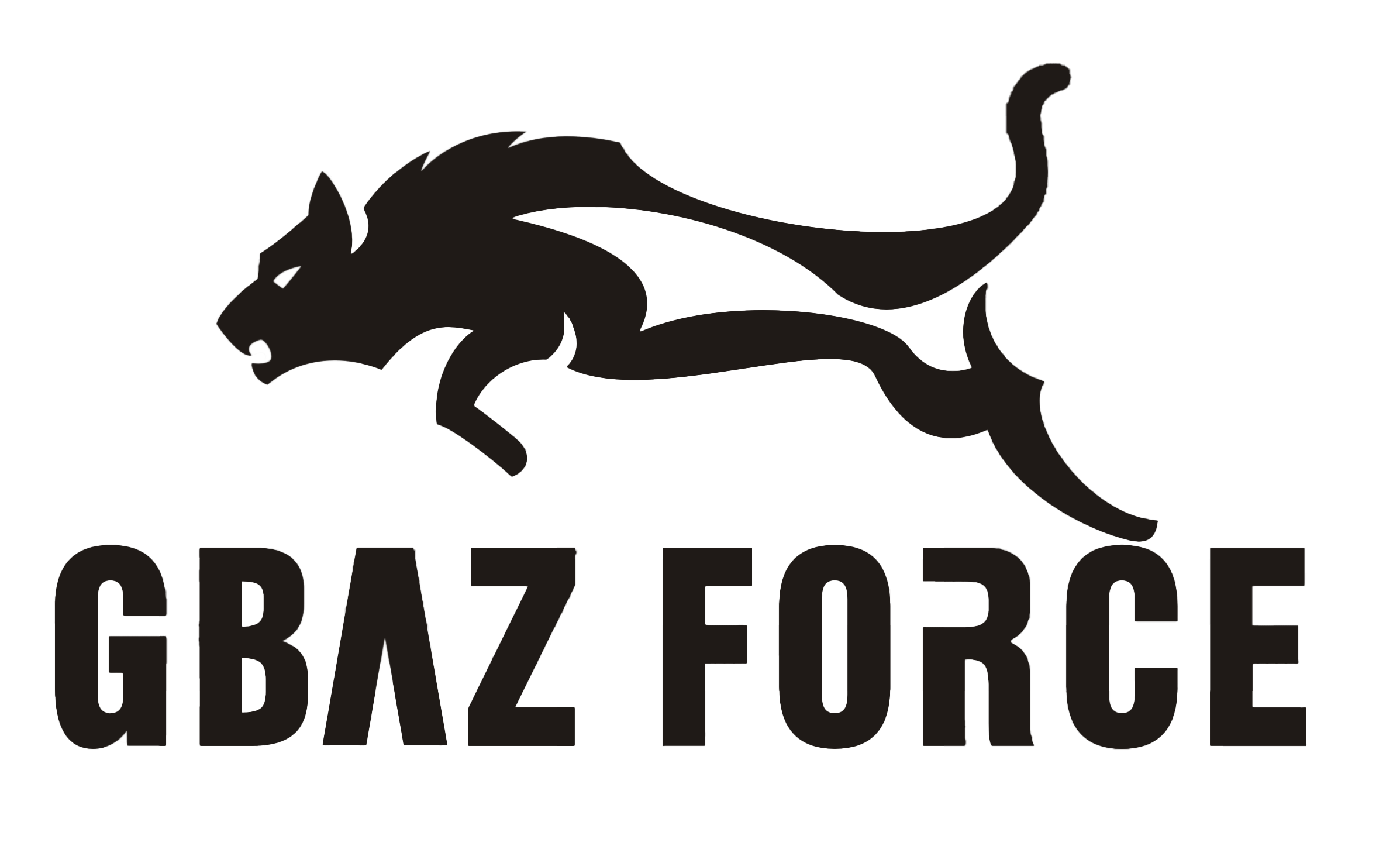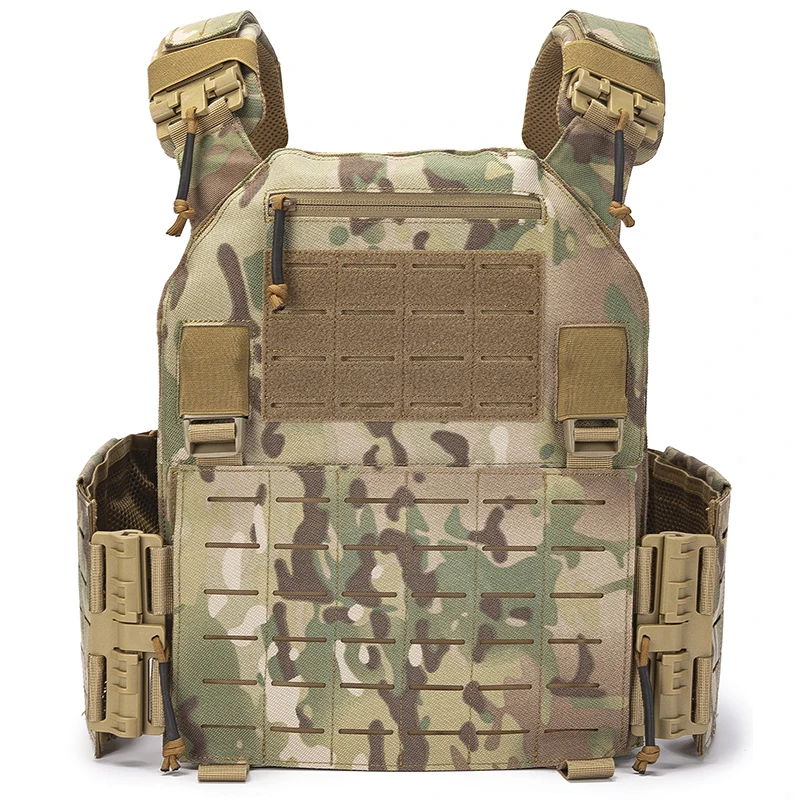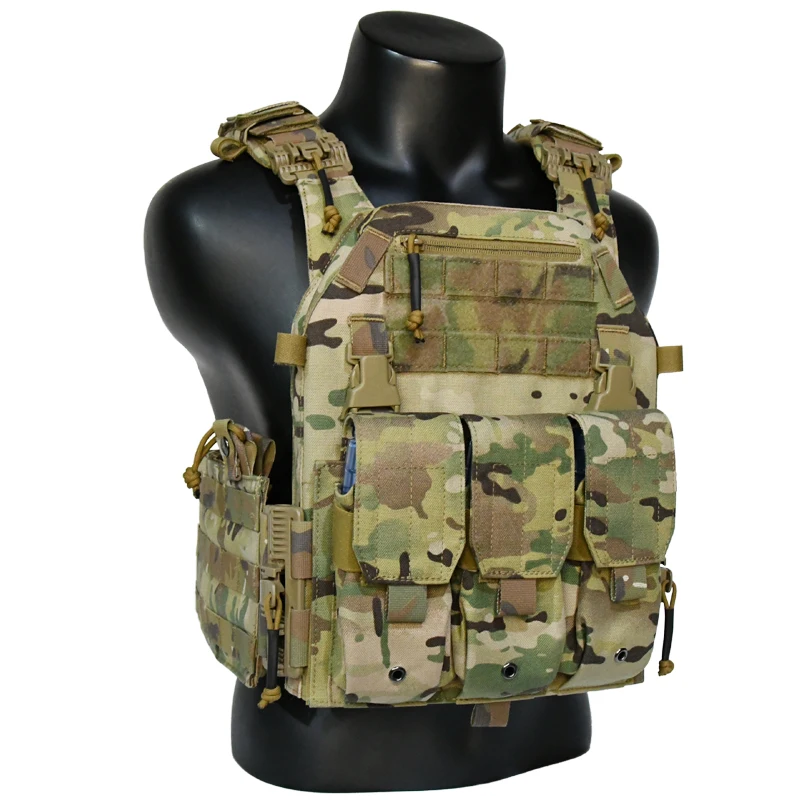Tactical Gear
PRODUCTS
Tactical Vest Selection A Comprehensive Overview
Understanding Your Needs: Mission and Environment
Before diving into specific features, you must first clearly define your operational needs. What is the primary purpose of the vest? Are you working in a high-threat environment requiring maximum ballistic protection, or will the vest be used primarily for carrying equipment in a less demanding setting? Consider the climate you'll be operating in. A heavy, rigid vest might be suitable for cold climates, providing extra warmth, but it will be incredibly uncomfortable in hot, humid conditions. Conversely, a lightweight, breathable vest is better suited for warmer climates but may offer less protection.
Also, consider the duration of use. Will you be wearing the vest for extended periods? If so, comfort and breathability become paramount. The type of mission also influences the necessary features. A SWAT operator will require different features compared to a security guard on patrol. This careful consideration will help you narrow down your options significantly.
Ballistic Protection Levels
The level of ballistic protection offered is a crucial factor. Different vests offer different levels of protection against various threats, categorized by standards like NIJ (National Institute of Justice) in the US. These standards define the resistance against specific calibers and types of ammunition. Understanding these standards is vital for selecting a vest that adequately protects against the threats you may face. Higher protection levels generally mean heavier, bulkier, and less comfortable vests.
It's important to note that not all vests adhere to these standards; some may only offer limited impact protection, suitable for non-ballistic threats. Always verify the level of protection provided and ensure it meets your specific needs and any regulatory requirements.
Features and Functionality: Size, Weight, and Accessories
The size and weight of the vest are essential considerations. A poorly fitting vest can restrict movement and cause discomfort, hindering performance. Consider adjustable sizing to accommodate variations in body shape and clothing layers. The weight of the vest, especially when loaded with equipment, directly impacts fatigue over longer periods. Look for features such as breathable materials and ergonomic designs to mitigate discomfort.
The modularity of the vest is another key aspect. Many vests allow for the addition of pouches, holsters, and other accessories to customize its functionality. Consider the type of equipment you need to carry, such as radios, magazines, medical supplies, and tools. The placement and accessibility of these pouches are crucial for quick and efficient access during operations.
Material and Construction
Tactical vests utilize a range of materials, each with its own advantages and disadvantages. Kevlar is a common choice for its high strength-to-weight ratio. Other materials, like Spectra and Dyneema, offer even higher protection levels but may be more expensive. The construction of the vest, including stitching and layering, is also critical. High-quality stitching is crucial to ensure durability and maintain the integrity of the ballistic protection.
The breathability of the vest's materials significantly impacts comfort, especially during prolonged use. Look for vests made from breathable fabrics or featuring ventilation systems to help regulate body temperature and reduce discomfort. Understanding the properties of different materials will help in selecting a vest that best balances protection and comfort.
SUBSCRIBE
INQUIRY










